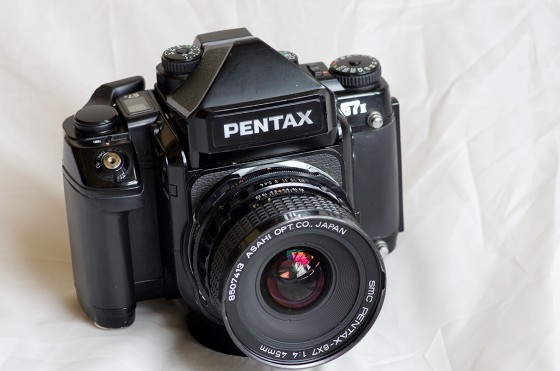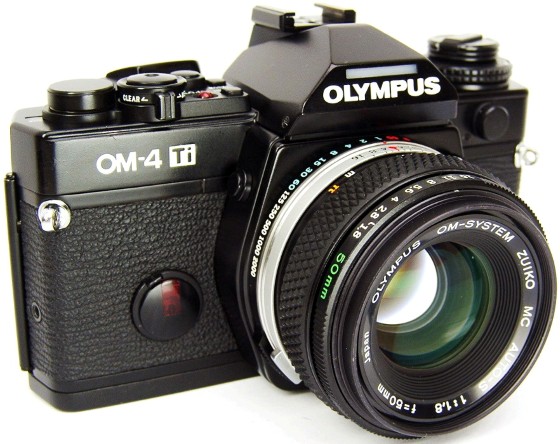The digital camera has democratised photography and stands for convenience, ease of use, a smooth learning curve and low cost. Which is great for the millions who are now able to express their creativity. Film photography, however, retains the nostalgia of a bygone era and it continues to thrive in (increasingly) smaller groups. This magic is why all my photographs, and all exhibited on this website, are shot using 35 mm format or 6x7 (medium format) film cameras.
Our reference for achieving tonal value in a photograph, high dynamic range and impeccable color is derived from film photography. Analog film photography, where the end product is hidden from the artist for the moment, forces a studied behavior where the photographer values every click of the camera (she cannot see now what her eye saw then, the image is yet safe under the silver on the film inside), and exercises a conscious control on the number of images shot (it’s not endless GB) without agonizing about image quality (cannot look at the image, curse and delete). Film forces patience, a focus on composition, and frugality in this era of muchness. There is an absence of instant inquiry and gratification in the film process, there is no luxury.
Medium Format Pentax 67ii

Medium format photography departs from the 35 mm format in size and scale because the negative size is 6.5 cms wide and 7 cms high. Finer grain, higher resolution, much better sharpness and hence detail make for a compelling argument in its favor. The Pentax 67ii is hailed as the vanguard of medium format photography. The original model did not undergo any changes for 30 years, and for good reason. It comes forth as a conscious blend of great engineering and intuitive inputs from photographers. It does not deviate from its roots, looks like a sexy and large 35 mm, includes almost all modern technical features that we see today in the digital world, while maintaining the charm of a film camera. I have many lenses, all bought from my friend Rajiv, and I end up using the 55 mm and the 105 mm the most.
- Pentax 45mm f/4
- Pentax 55mm f/4
- Pentax 90 mm f/2.8
- Pentax 105 mm f/2.4
- Pentax 200 mm f/4
35 mm Olympus OM4Ti

The Olympus OM camera system (I have the Titanium model) uses the Zuiko series as OEM lenses, and the Tamron lenses (some look down on them, but these cost less and to the cost conscious amateur serve the purpose as well as Zuiko). I have some great lenses, many of which have stood the test of time for 2 decades:
- Tamron 17 mm, f/3.5
- Tamron 500 mm, Tele Macro
- Zuiko 16 mm, f/3.5 (fish eye)
- Zuiko 50 mm, f/1.2
- Zuiko 65-200 mm, f/4.0 (zoom)
- Zuiko 300 mm, f/4.5